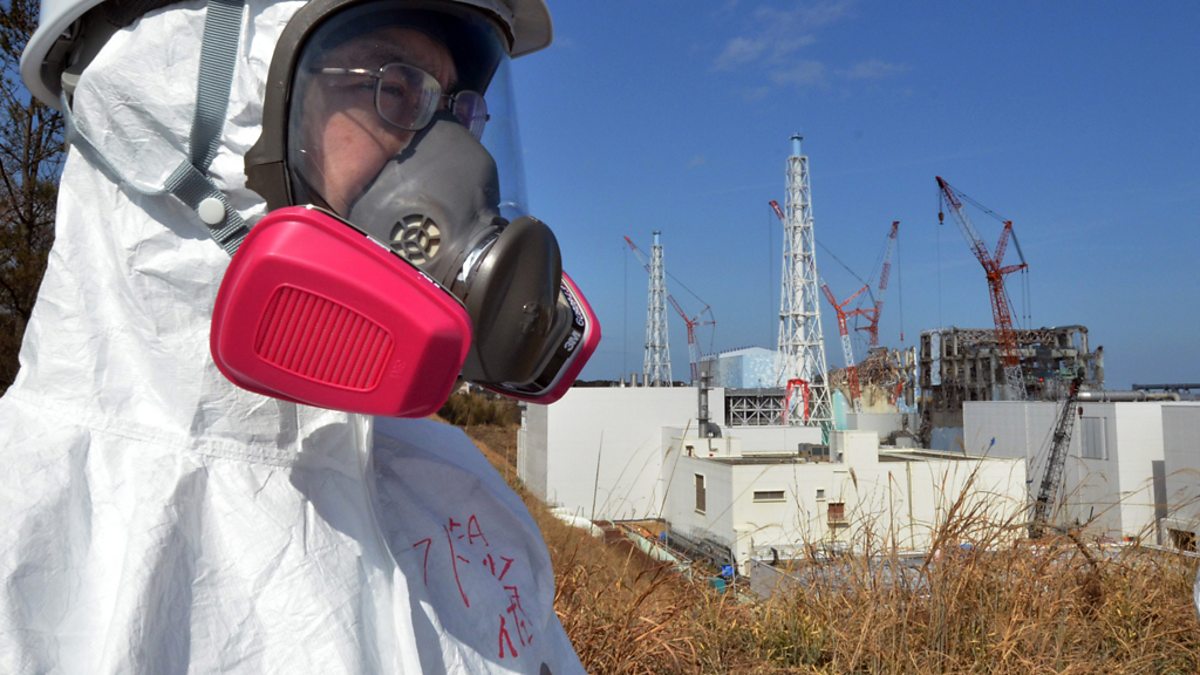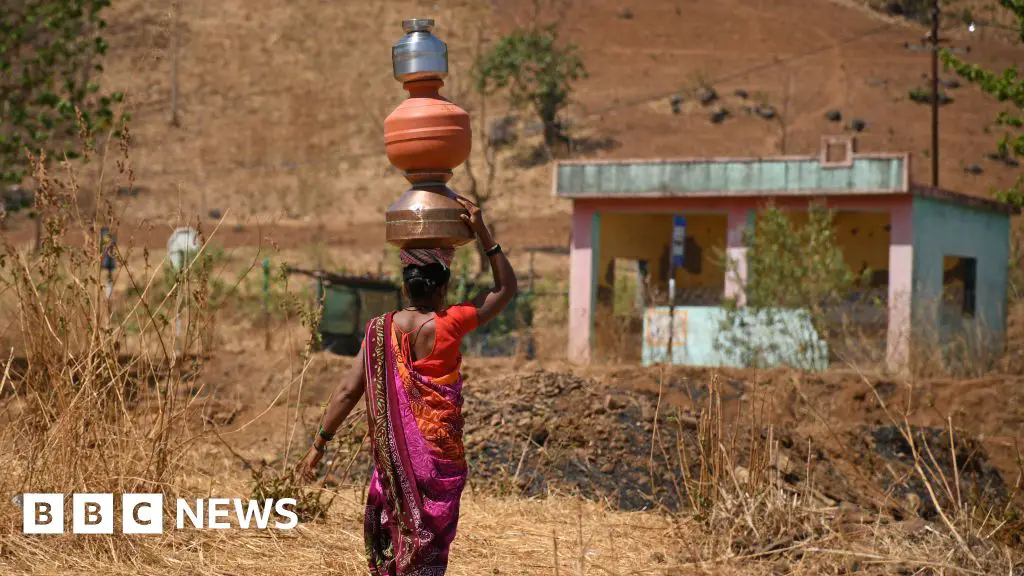
The scientific legacy of the Fukushima nuclear accident, how to decontaminate land polluted with radioactive fall out, and why local people don’t believe officials who say the situation is now stable.
It’s nearly a year (11 March 2011) since Japan was struck by a huge earthquake and Tsunami.
Clouds of radioactive fall out from damaged nuclear reactors at the Fukushima Daiichi power station spread across heavily populated areas – many kilometres from the plant.
The government and power company TEPCO have been heavily criticised for not telling the local population soon enough about what was going on – in many cases people evacuated to areas with higher radiation levels than those they fled.
As a result, deep mistrust developed towards government or TEPCO pronouncements on the nuclear incident.
In this special one hour edition of Discovery Mariko Oi, visits the Fukushima prefecture to find out what has happened since.
She meets scientists working to piece together an accurate picture of the effects of the radioactive fall out, both on the environment and human health.
She hears from local community grassroots organisations, many people living in fear of radiation, they argue for a mass clean up operation to reduce radiation levels to zero and further evacuations, especially of children.
Mariko examines the current decontamination efforts, which involve removing and disposing of huge quantities of soil and concrete contaminated with caesium 137 – a radioactive isotope which can persist in the environment for 30 years or more.
The programme questions whether attempting to remove such contamination is really effective – or even necessary, and contrasts the fears of radiation with the scientific reality.
(Image: A journalist watching stricken Tokyo Electric Power Co (TEPCO) Fukushima Dai-ichi nuclear power plant at Okuma town in Fukushima prefecture. Credit: AFP/Getty Images)




